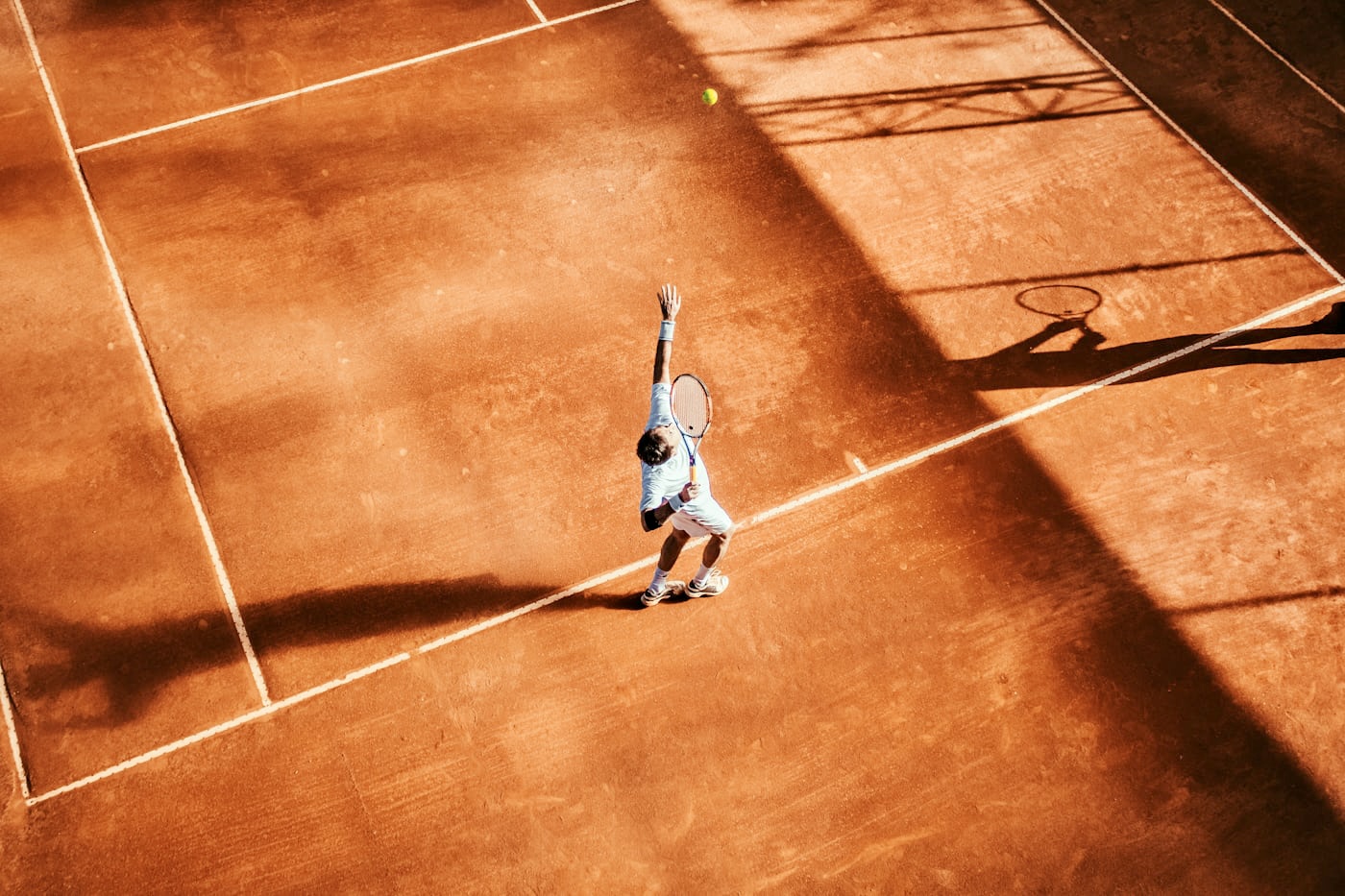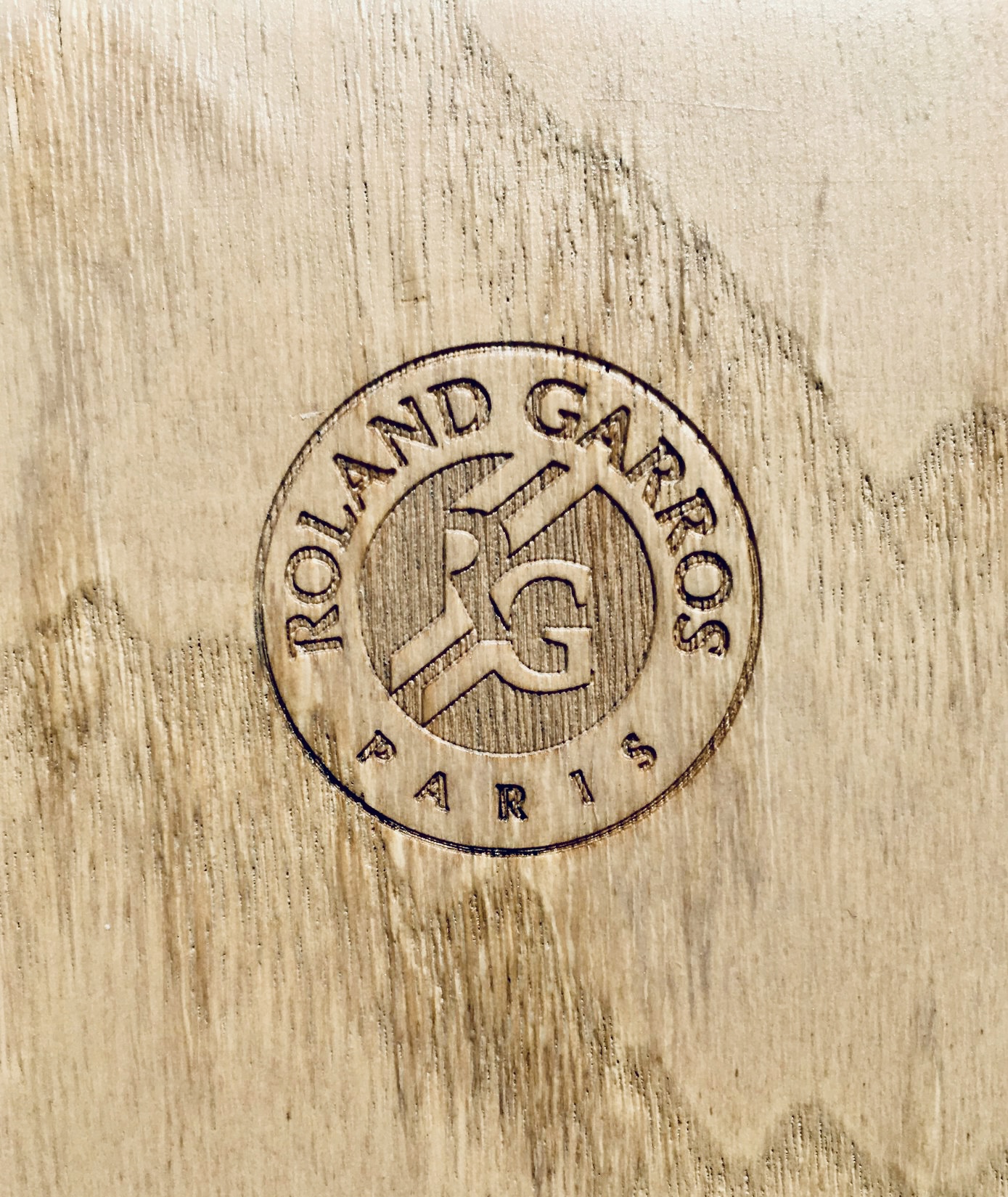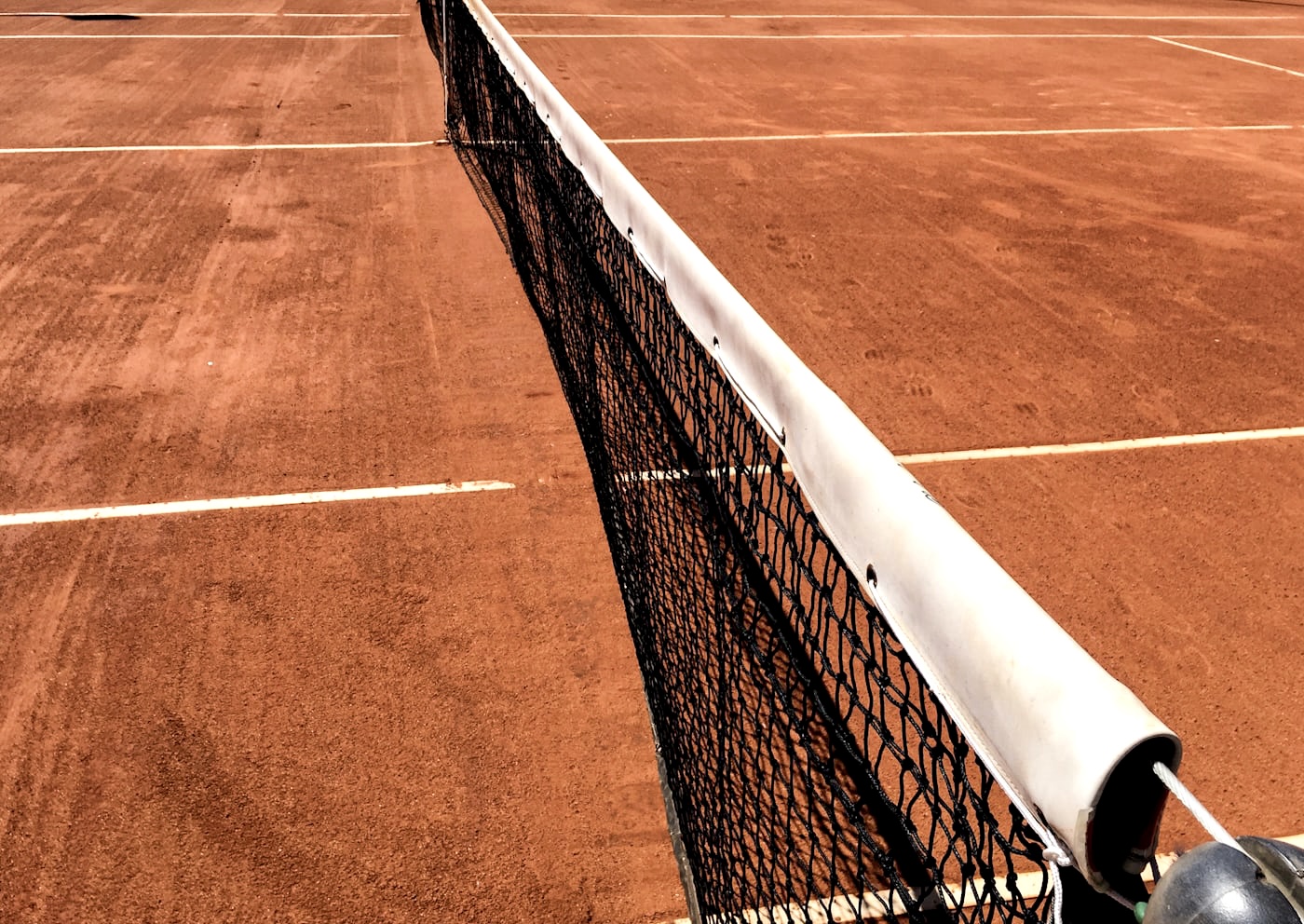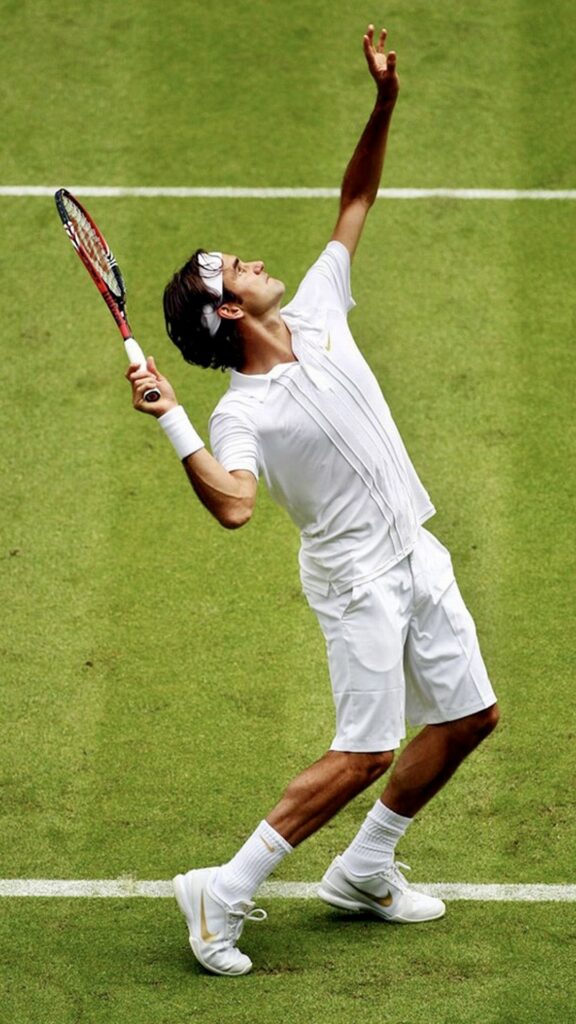
Tennis, with its rich history and intricate rules is a tricky sport to grasp. Sometimes it takes a while to understand what exactly is going on and what the big fuss is all about. This is one of the very few sports I personally enjoy, but like the world of wine one needs to learn the language, the strange scoring system and the prestigious tournaments involved. There’s a lot to unpack when it comes to Tennis, but before we get into the complicated game itself, lets start with the very basics; the significance of the major tournaments called the Grand Slams.
The Grand Slams refer to the four most significant tennis tournaments held annually. Each of these tournaments has its own unique characteristics and traditions. In chronological order;
1. Australian Open
• Location: Melbourne, Australia
• Time of Year: January
• Court Surface: Hard Court (made of a hard base such as concrete with an acrylic or other synthetic coating)
• Surface Effect: Because the surface is hard, smooth and firm, the ball bounces and travels fast (the ball moves faster than on a clay court but slower than on grass). The bounce is also higher and more predictable as the surface is very flat, which means it’s easier for players to judge where the ball will go after hitting the ground. This type of court is great for players who like to hit powerful shots and play aggressively, as they can rely on the ball’s consistent bounce and speed.
• Unique Features: This tournament takes place in the Australian summer heat, featuring retractable roofs on main courts, fun in the sun and a friendly atmosphere.
2. French Open (Roland Garros)

• Location: Paris, France
• Time of Year: May to June
• Court Surface: Clay (composed of crushed stone or brick)
• Surface Effect: On a clay tennis court, the ball bounces higher and moves slower than on other types of courts due to the clay being soft and loose. The soft, sandy surface causes the ball to lose speed because it sinks a bit into the clay. With the ball moving more slowly, players have more time to react and plan their next move. This surface is great for players with strong endurance and defensive skills, as the slower pace leads to longer rallies and more time to execute or plan their shots.
• Unique Features: Named after a World War I French aviator Roland Garros, this is the only Grand Slam that’s played on a clay surface. Clay slows down the ball, which results in longer rallies

3. Wimbledon
• Location: London, England
• Time of Year: June to July
• Court Surface: Grass (natural grass grown on a hard-packed soil base)
• Surface Effect: Grass is the fastest of all the tennis court surfaces due to its slippery surface, so the ball moves quickly but doesn’t bounce very high. The ball’s lower bounce is due to the soil under the grass as it’s softer than the materials used on the other types of courts and doesn’t provide as firm a base as other materials. Grass courts may also produce an unpredictable bounce to the ball due to the softer and slightly uneven surface especially as matches wear on, leading to unpredictable bounces. This can make it harder for players to anticipate where the ball will go and because the ball skids and moves quickly after hitting the ground, players have less time to react.
• Unique Features: Wimbledon is the big one. It’s the oldest tennis tournament in the world, known for its long standing traditions such as the strict all white dress code, strawberries and cream, and always a prestigious and very well dressed crowd. This is as posh as tennis gets.

4. US Open
• Location: New York City, USA
• Court Surface: Hard
• Time of Year: August to September
• Unique Features: Set in the city that never sleeps, expect the US Open to be lively (like the city itself) with an energetic crowd (compared to Wimbledon) and late night matches.
Interesting tennis fact; the longest tennis match in history was played between John Isner and Nicolas Mahut at the 2010 Wimbledon Championships, lasting 11 hours and 5 minutes over a period of three days.
As you dive deeper into the world of tennis, you’ll come to appreciate that there’s always something special to look forward to, as the tennis calendar takes us from the vibrant courts of Melbourne in January to the historic grounds of Paris all the way to the city that never sleeps in September. Each Grand Slam tournament offers its very own unique atmosphere, different surface challenges, and memorable moments, providing fans with exceptional action packed entertainment throughout the year.
Cheers to a life well-lived,








































































































Leave a Reply